Here’s a quick roundup of the Black Friday / Cyber Monday deals that I felt either had broad appeal, were finance-related, or might ideally save you money on stuff you would have bought anyway.
- Amazon 10% Off. A reminder to save on their Cyber Week deals and everything else on Amazon with Chase Freedom 10% back, Discover Card (5% or 10% back with Double It Promotion), and AmEx Offers $15 off $60. I shop there a lot and have already loaded up on gift cards to lock in the savings.
- Kindle eBook Deals. One day sale on popular Kindle books, plus up to 40% off their Kindle Unlimited eBook subscription service.
- Target 15% Off. Target.com is offering 15% site-wide on 11/30 with promo code CYBER15. Useful for things that are usually not discounted. Stack with 5% off with their REDcard.
- Travelocity 17% Off. Get an additional 17% off any hotel booking of $300+ on Cyber Monday, on top of the normal discount. Also get $150 off $1,500+ airfare and hotel combo booking.
- Expedia $75 off $300. $75 off your first hotel booked on the Expedia App ($300 minimum purchase). Stack with their already-discounted rates for Cyber Monday. Hotel stay must be by March 31, 2016.
- SimpliSafe 20% Off. DIY Home Security system. See my Simplisafe Review. 20% off during Black Friday weekend, which probably the biggest flat discount I’ve seen.
- Quicken 2016 40% Off. Get 40% off the list price of 2016 Quicken Deluxe, Premier, Home & Business, Rental Property Manager, or Quicken for Mac 2016. Valid either at Amazon or Quicken.com. This is one of the biggest discounts you’ll see. Thanks to reader Brad for the tip.
- iBank for Mac 20% Off. Alternative money management software for Mac. 20% off through 11/30.
- Ting Black Friday Deals. Possibly cheaper cell phone service for some folks. Buy a device or bring your own. See my Ting post for details. Good until 11/30 at 11:59 ET.
- Obi200 Free Home Phone Service $29.99. Helps you use Google Voice to get free home phone service using your existing internet connection. See this Obihai and Google Voice installation post for details. Valid at both Newegg and Amazon.
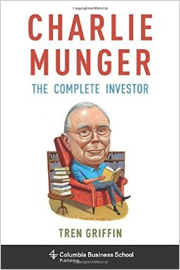
 As you’ve probably heard, the Square IPO was completed last week. For a while, I didn’t understand how a company could have a $4 billion valuation when they basically offer a simplified merchant account. They let small businesses accept credit cards, which means they skim a tiny bit off the 2.75% they charge while most of it goes straight to the networks. (Add in their other expenses, and Square has never made a profit.) Wouldn’t you rather own Visa or American Express directly?
As you’ve probably heard, the Square IPO was completed last week. For a while, I didn’t understand how a company could have a $4 billion valuation when they basically offer a simplified merchant account. They let small businesses accept credit cards, which means they skim a tiny bit off the 2.75% they charge while most of it goes straight to the networks. (Add in their other expenses, and Square has never made a profit.) Wouldn’t you rather own Visa or American Express directly? 


 Every credit card is getting a smart chip these days, which means a lot of expired cards. My shredder is rated for 12 sheets of paper at a time, and up until recently handled every credit card, CD, and DVD sent its way. But not the
Every credit card is getting a smart chip these days, which means a lot of expired cards. My shredder is rated for 12 sheets of paper at a time, and up until recently handled every credit card, CD, and DVD sent its way. But not the 

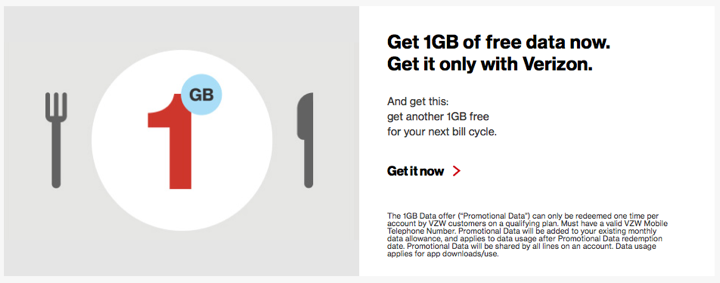
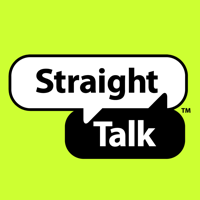
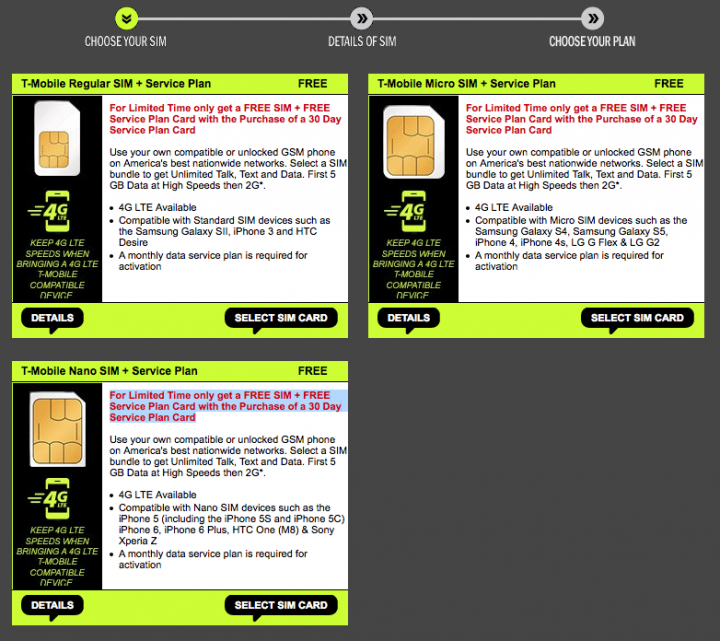
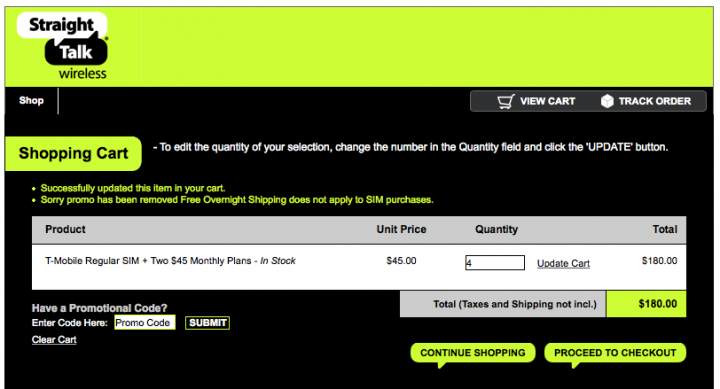

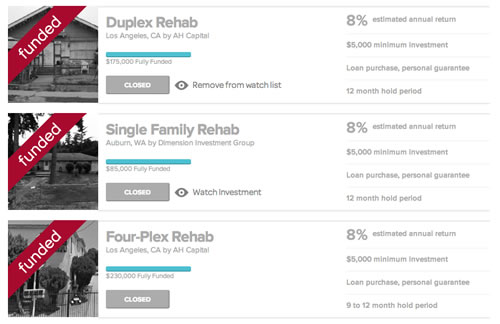

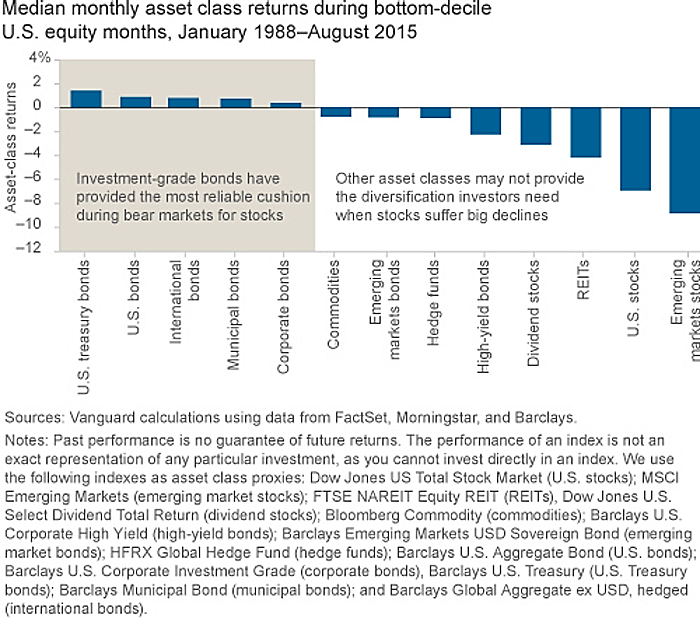
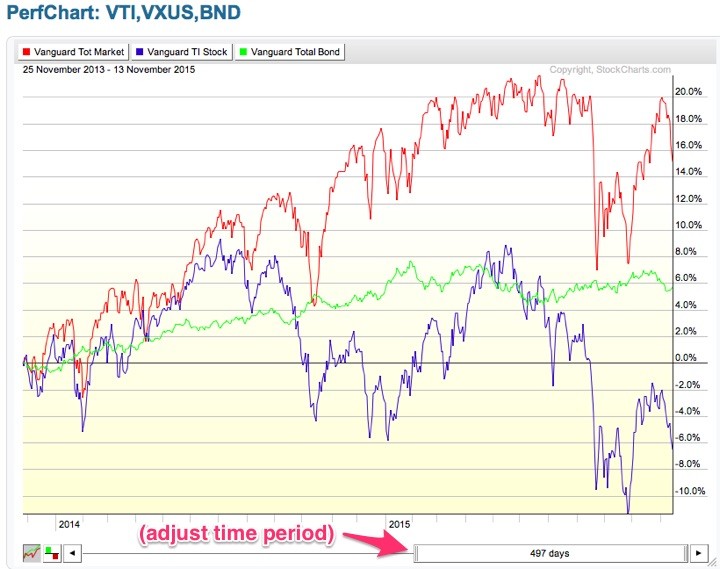
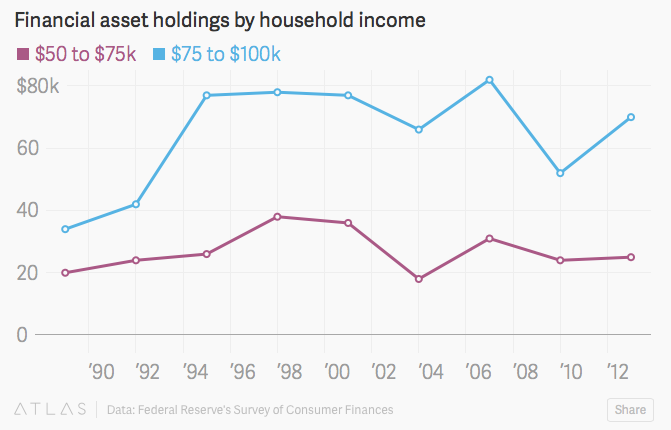
 It’s back! Wow, haven’t posted a Groupon deal in a while. I really should have shorted the stock when even I unsubscribed from their daily newsletter, but I didn’t have the guts. Now I’m just mad because they deleted my account after not using it for a while, even though I still had unused credit (and I’ll have to open a new one for this deal).
It’s back! Wow, haven’t posted a Groupon deal in a while. I really should have shorted the stock when even I unsubscribed from their daily newsletter, but I didn’t have the guts. Now I’m just mad because they deleted my account after not using it for a while, even though I still had unused credit (and I’ll have to open a new one for this deal).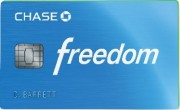
 The Best Credit Card Bonus Offers – March 2024
The Best Credit Card Bonus Offers – March 2024 Big List of Free Stocks from Brokerage Apps
Big List of Free Stocks from Brokerage Apps Best Interest Rates on Cash - March 2024
Best Interest Rates on Cash - March 2024 Free Credit Scores x 3 + Free Credit Monitoring
Free Credit Scores x 3 + Free Credit Monitoring Best No Fee 0% APR Balance Transfer Offers
Best No Fee 0% APR Balance Transfer Offers Little-Known Cellular Data Plans That Can Save Big Money
Little-Known Cellular Data Plans That Can Save Big Money How To Haggle Your Cable or Direct TV Bill
How To Haggle Your Cable or Direct TV Bill Big List of Free Consumer Data Reports (Credit, Rent, Work)
Big List of Free Consumer Data Reports (Credit, Rent, Work)